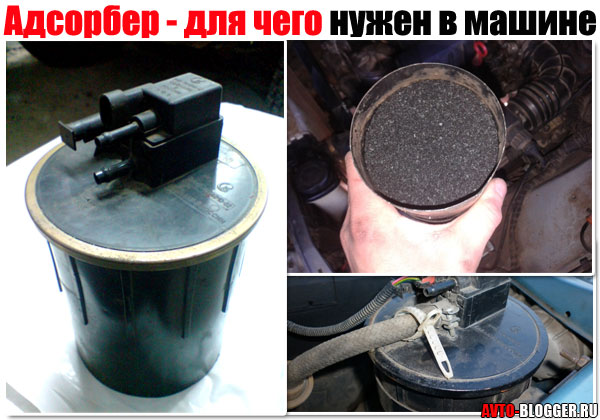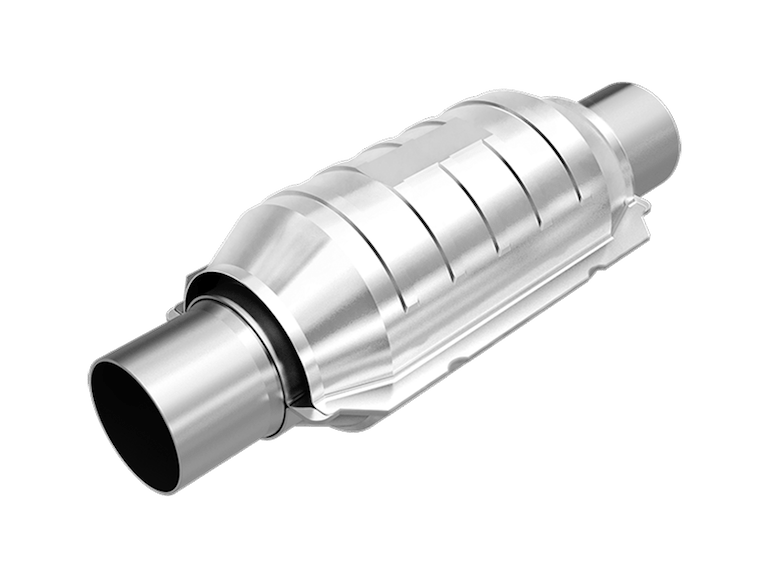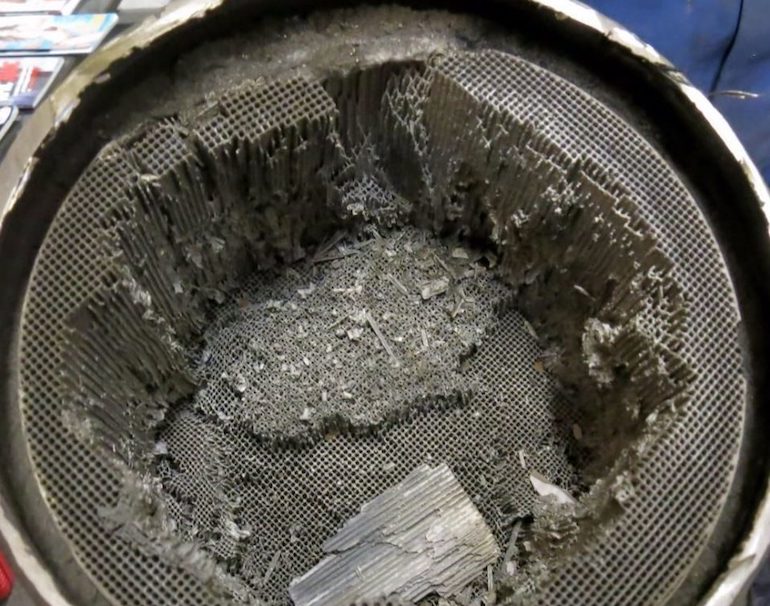
what is it and why is it needed? Signs of breakdown, photo
Content
Cars are one of the main sources of air pollution. During the combustion of fuel, almost the entire periodic table of elements is released into the atmosphere, plus a variety of compounds: nitrogen, water vapor, oxygen, carbon dioxide and oxides, soot, benzapyrene. Residents of megacities managed to experience all the "charms" of the harmful effects on nature: headaches, bronchitis, respiratory cancer, respiratory and heart failure. Plants, animals, soil, groundwater suffer.
There is a solution to the problem: to reduce harmful emissions as much as possible. To this end, vehicle manufacturers were required to improve the combustion efficiency of the fuel-air mixture, and install catalytic converters and catalysts in the exhaust system. What is a catalyst, how it works, how to replace it - we will consider these issues in today's material on the vodi.su portal.

catalytic converter in a car
In simple terms, a catalyst is a device for filtering exhaust gases. But, unlike a conventional filter, the neutralizer cleans the exhaust through chemical reactions in which the active substance enters. Note that even the converter cannot cope with XNUMX% cleaning, it is only designed to reduce the content of the following exhaust gas components:
- hydrocarbons;
- nitric oxide;
- oxides of carbon.
It is these gases that are among the greenhouse gases and lead to the most terrible consequences. For example, smog near large highways occurs due to the multiple excess of hydrocarbons (soot) in the air. Carbon monoxide and nitrogen monoxide are poisonous gases that give the exhaust a characteristic odor. Their inhalation for even a short period of time leads to death.
Each of these three exhaust components is affected by a different type of converter:
- platinum;
- rhodium;
- palladium.
Also, in more advanced types of catalytic converters, gold is sprayed onto the surface of the honeycombs through which the exhaust passes. As you can see, these are all expensive precious metals. For this reason, replacing the converter is not a cheap pleasure.
The principle of operation is based on chemical reactions: when molecules, for example, nitric oxide react with rhodium, nitrogen atoms bind and settle on the plates, and oxygen is released. An oxidation reaction is also carried out - due to a sharp increase in temperature, the exhaust is oxidized, and the harmful elements in it simply burn out and settle on the honeycombs.
Note that for the normal operation of the catalytic converter, it is required that a constant proportion of oxygen to the fuel suspension be maintained in the fuel-air mixture. Oxygen sensors are installed at the inlet and outlet of the converter, which analyze the composition of the exhaust gases. If an excess of carbon or nitrogen is detected, a corresponding signal is sent to the on-board computer.

Catalyst malfunctions: how does it threaten the engine?
It is quite obvious that, as in any filter element, over time, too much combustion products accumulate in the converter and it needs to be replaced. Also, this exhaust system assembly may fail for other reasons:
- low quality fuel with a high content of sulfur, paraffin, additives;
- engine malfunctions, due to which the fuel does not burn completely;
- mechanical damage.
If the catalytic converter is functioning normally, soot deposits will burn off from time to time. But over time, due to high temperatures, metal or ceramic honeycombs melt, blocking the exit of combustion products. The engine, as motorists say, begins to choke.
What happens if the converter is completely clogged:
- traction and throttle response are lost;
- there are problems with starting the power unit, especially in the winter period "on the cold";
- decrease in speed - even if the throttle is open to the maximum, the tachometer shows only 2,5-3,5 thousand revolutions per minute.
If we do not start to eliminate this trouble in a timely manner, even more serious problems await us: soot begins to be deposited directly on the exhaust pipe of the muffler and in the exhaust manifold, we have to load the engine at full power, which leads to early wear of pistons and cylinders.
Catalytic converter replacement
There are several options for solving this problem, which we previously talked about on the vodi.su website. The most obvious way out is to go to your automaker's company store and order the installation of a new original catalyst. The service is not cheap. But on sale you can already find the cartridges themselves (repair blocks), which are much cheaper. Another way out: if the honeycombs were ceramic, buy a block with metal honeycombs. The cost will be in the range of 4000 rubles and above plus installation.

If you do not want to spend that kind of money, instead of a neutralizer, they put a jar of a flame arrester and a snag instead of Lambda probes. Of course, the savings will be significant, the engine will work even more dynamically. But the problem is that the level of toxicity will no longer comply with Euro 6, 5, 4 standards. That is, you will not be able to travel abroad on such a car, and soon even to Moscow and other big cities. Therefore, we do not recommend performing this kind of “repair”. The catalyst is a great invention that helps to improve the ecological situation around the world, and when removing it, remember that both you and your children breathe air, and people's health depends on its pollution.
Loading…